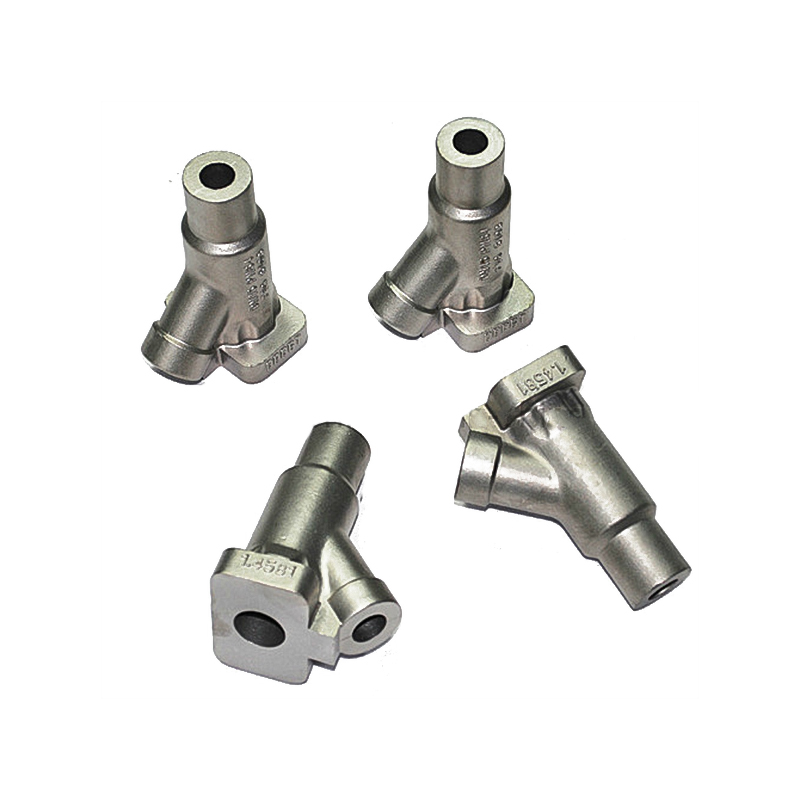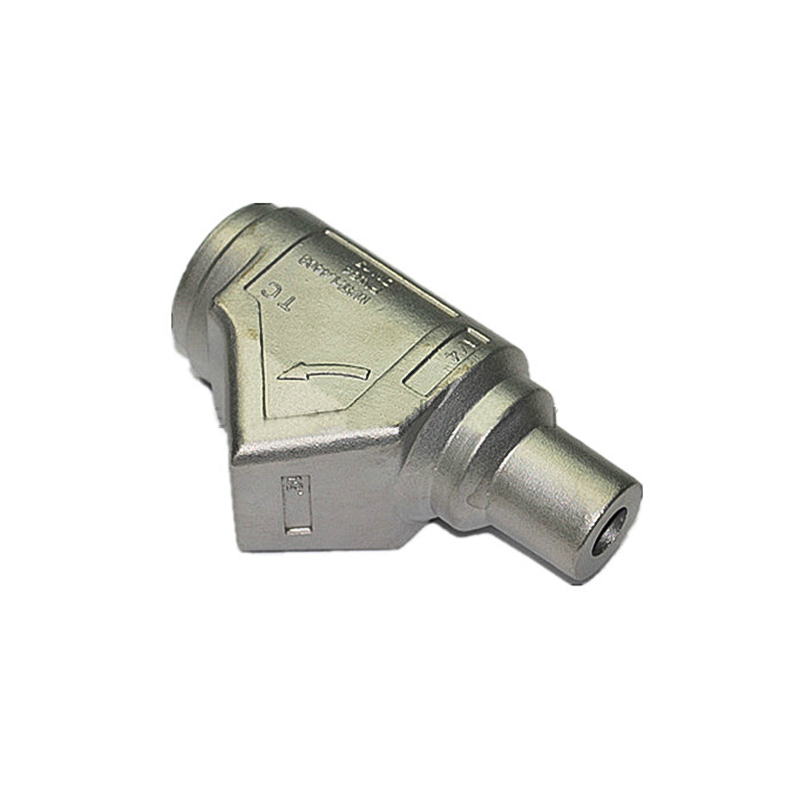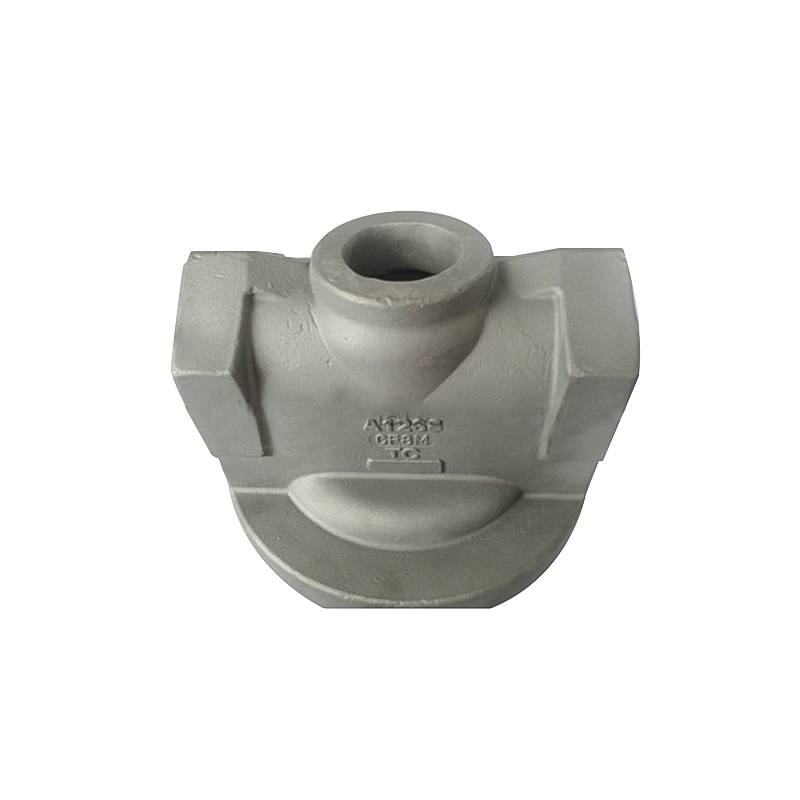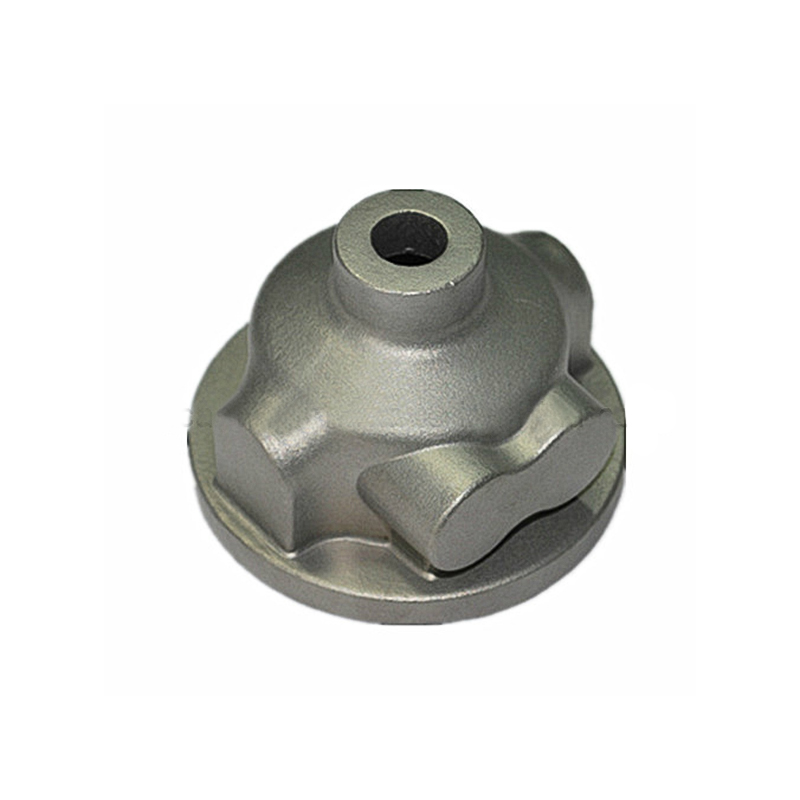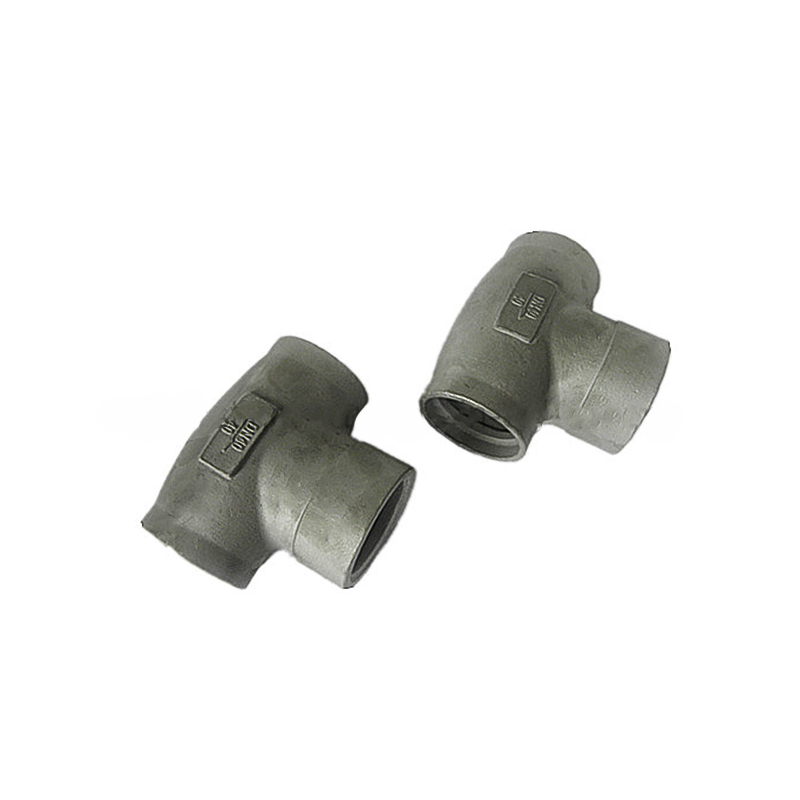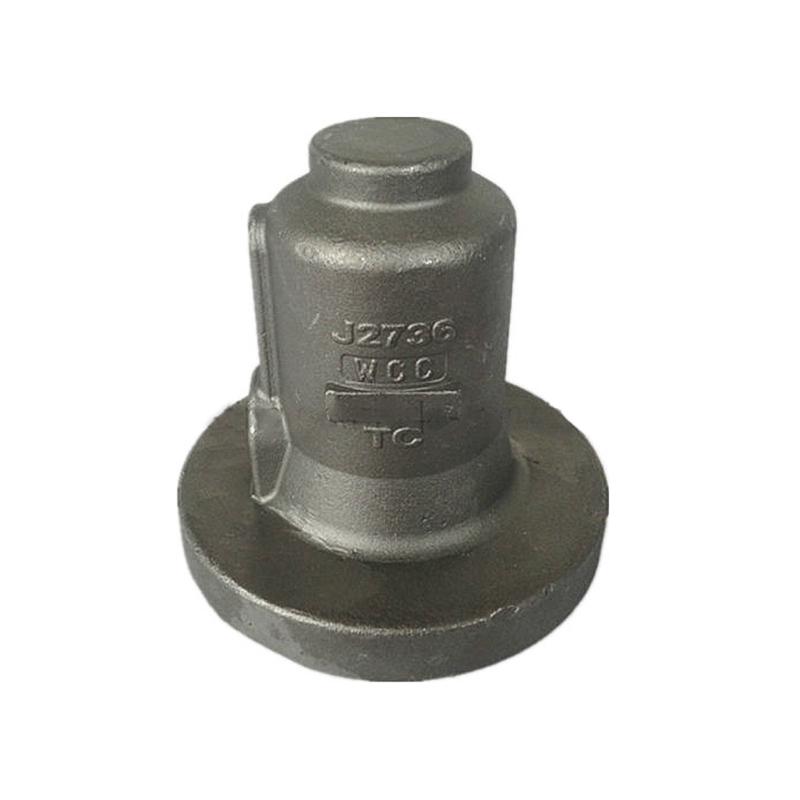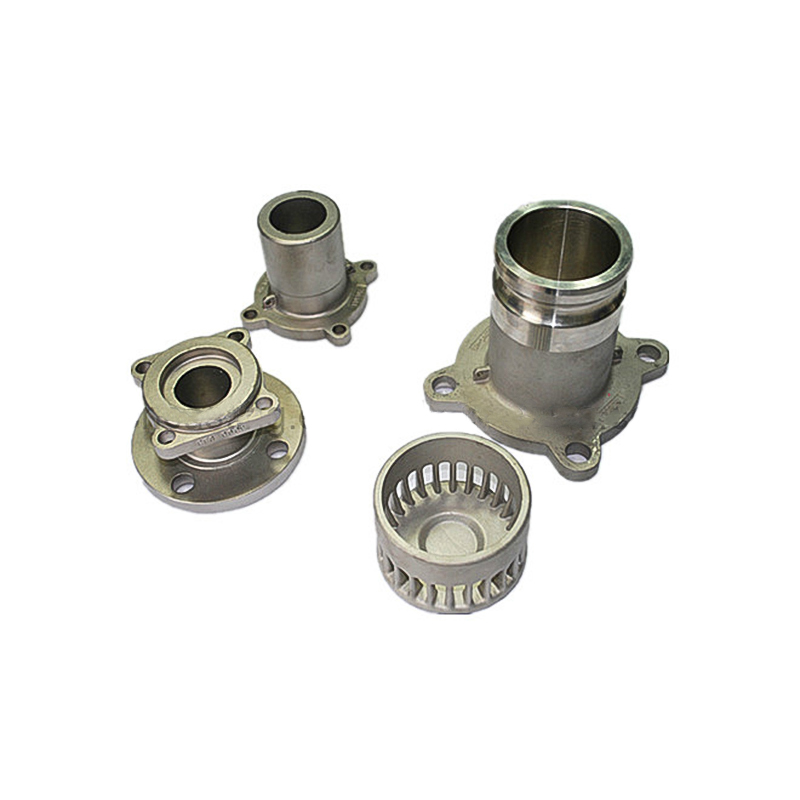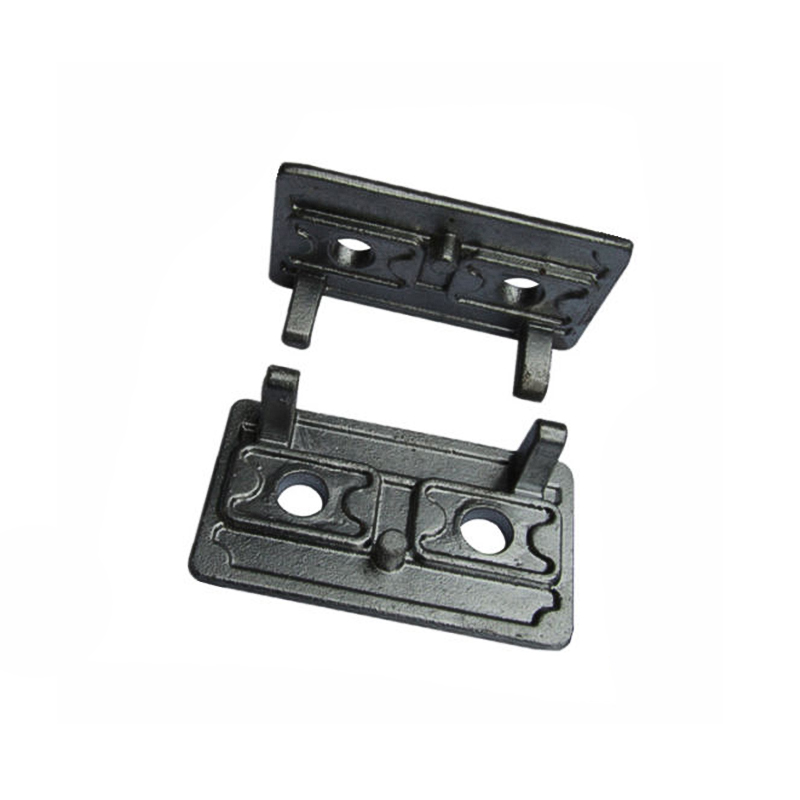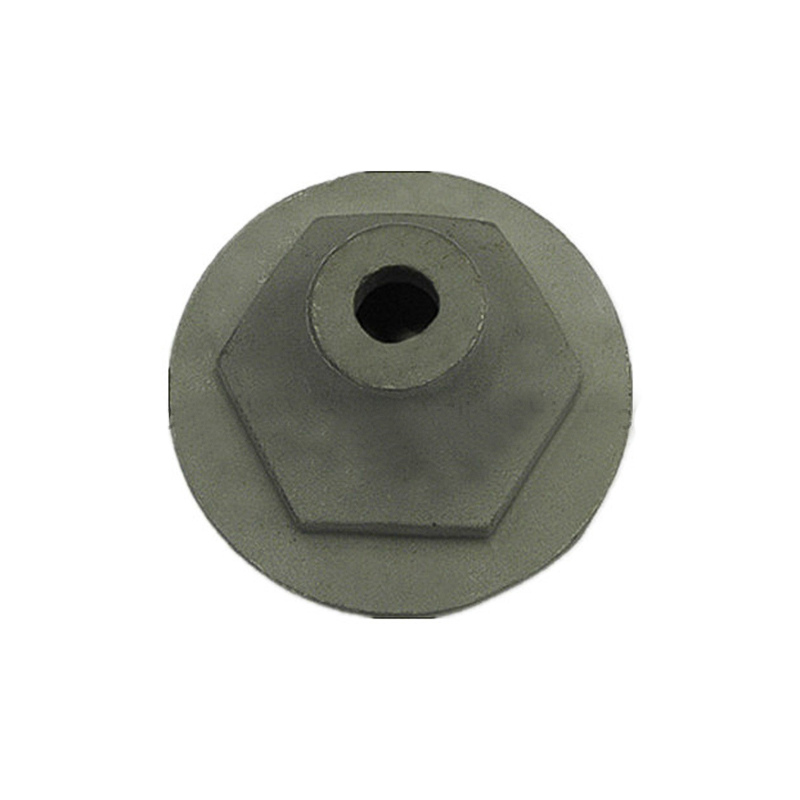Why Sand Casting Parts Are Essential for Heavy Machinery and Industrial Equipment
In the manufacturing of heavy machinery and industrial equipment, sand casting parts play a critical role in ensuring that components are durable, reliable, and able to withstand extreme conditions. From massive construction vehicles to complex industrial machines, the components used must perform under high stress, harsh environments, and heavy operational loads. One of the most common and cost-effective methods for producing such components is sand casting—a process that has stood the test of time due to its versatility, reliability, and ability to create high-quality, durable parts.
What Are Sand Casting Parts?
Sand casting parts are metal components made through the sand casting process, which involves pouring molten metal into a mold made of sand. The sand mold is shaped to replicate the part to be produced, and after the metal has cooled and solidified, the sand is removed, leaving behind the final metal part. The sand casting process is highly versatile, capable of producing parts of virtually any size or shape, from small components to large and complex structures.
The metals commonly used in sand casting include iron, steel, aluminum, and various alloys—each offering a range of mechanical properties suitable for different industrial applications. Sand casting parts are valued for their robustness, precision, and customizability, making them essential for heavy machinery and industrial equipment.
Key Benefits of Sand Casting Parts for Heavy Machinery and Industrial Equipment
High Durability and Strength
One of the main reasons sand casting parts are essential for heavy machinery is their superior durability and strength. Industrial equipment is exposed to extreme conditions, including high operational stress, temperature fluctuations, and harsh environmental factors. Sand casting allows for the creation of robust parts that can handle such demanding conditions.
For example, heavy machinery like bulldozers, mining trucks, and cranes rely on components such as engine blocks, gearboxes, and hydraulic cylinders—all of which require high strength to operate efficiently under tough conditions. The materials used in sand casting, such as cast iron and steel, offer excellent mechanical properties, including high tensile strength, resistance to wear and tear, and the ability to withstand high temperatures.
In the world of heavy machinery, sand casting parts are designed to provide the durability required for long service life, ensuring that critical components do not fail prematurely, reducing costly repairs and downtime.
Cost-Effectiveness for Large-Scale Production
Another significant advantage of sand casting parts is their cost-effectiveness. When compared to other casting methods, such as die casting or investment casting, sand casting is relatively inexpensive, especially for larger parts. The sand casting process uses simple molds made of sand, which is an abundant and affordable material.
For industrial equipment manufacturers, this cost-effectiveness is crucial when producing large volumes of parts. Whether it’s casting brackets, frames, engine blocks, or pumps, sand casting parts allow manufacturers to produce high-quality components without significantly increasing production costs. In the heavy machinery sector, where components must be produced in large quantities, the affordability of sand casting ensures manufacturers can meet production demands while maintaining competitive pricing.
Customizability and Design Flexibility
Sand casting offers exceptional design flexibility, which is a critical factor when manufacturing components for heavy machinery. This process allows for intricate shapes and complex geometries that are often required in industrial equipment. Manufacturers can create sand casting parts with precise internal structures, such as cooling channels, threaded holes, and complex cavities—features that might be challenging to achieve with other casting methods.
The customizability of sand casting parts is especially important for industries that require specialized equipment or bespoke components. For example, gear housings, crankshafts, and hydraulic valves are often custom-designed to meet the specific requirements of a machine or vehicle. The sand casting process makes it easier to produce these parts to exact specifications, ensuring a perfect fit and optimal performance in the final product.
Suitable for Large and Heavy Components
Heavy machinery often requires large, heavy parts that are beyond the capacity of other manufacturing methods. Sand casting parts are ideal for producing massive components like engine blocks, propellers, gearboxes, and hydraulic cylinders. The ability to create large components with sand casting is one of its major advantages, as it can handle pieces that weigh several tons—something that other casting techniques may not be able to achieve.
For example, the mining, construction, and shipping industries often rely on oversized components that need to withstand high mechanical forces. These parts must be durable and strong, and sand casting parts are perfect for meeting these heavy-duty requirements.
Resistance to Harsh Environments
Industrial and heavy machinery components are subjected to challenging environmental conditions, such as exposure to extreme temperatures, high humidity, moisture, and corrosive chemicals. Sand casting parts made from high-quality alloys—such as cast iron or steel—are highly resistant to these environmental factors, making them well-suited for use in rugged industries like mining, construction, oil and gas, and marine engineering.
For example, in the oil and gas industry, where equipment is exposed to high temperatures and corrosive substances, sand casting parts offer the required corrosion resistance and structural integrity. Similarly, parts used in marine engines need to withstand the effects of saltwater corrosion, which sand casting alloys can handle with ease.
The sand casting process ensures that parts remain functional and durable, even under extreme environmental conditions, which helps reduce maintenance costs and extend the life of critical machinery.
Rapid Prototyping and Shorter Lead Times
The sand casting process is also well-suited for rapid prototyping. In the fast-paced world of industrial manufacturing, the ability to quickly create prototypes for testing and design validation is invaluable. The creation of molds in sand casting is relatively quick, and adjustments to the design can be made easily during the process.
For instance, if a manufacturer is developing a new component for heavy machinery, they can use sand casting parts to quickly produce a prototype, test it for performance, and refine the design if necessary. This rapid prototyping capability reduces lead times and accelerates the overall development process, which is crucial when working on tight project timelines.
Improved Surface Finish and Precision
While sand casting was once considered a method that produced rougher surfaces, modern advancements in materials and techniques have allowed for much higher precision and improved surface finishes. The use of high-quality sands and advanced mold coatings enables manufacturers to achieve smoother surface finishes on sand casting parts, especially in heavy machinery components that require tight tolerances or fine details.
For example, hydraulic valves, engine components, and gearboxes often need smooth surfaces and precise dimensions to ensure proper functioning. Sand casting parts today are capable of meeting these high standards, providing both the strength and surface quality necessary for the reliable operation of industrial equipment.
Applications of Sand Casting Parts in Heavy Machinery and Industrial Equipment
The versatility of sand casting parts makes them suitable for a wide range of applications in heavy machinery and industrial equipment. Some common uses include:
Engine Blocks: Cast iron and steel engine blocks are often produced using sand casting, providing the strength and durability needed for large engines in trucks, tractors, and construction vehicles.
Hydraulic Components: Parts such as hydraulic cylinders, pumps, and valves are critical in many heavy machinery applications and are often cast using sand molds for their strength and corrosion resistance.
Gears and Gearboxes: Sand casting parts are widely used to produce gears and gearboxes, components that are essential for power transmission in industrial equipment.
Structural Components: Large, load-bearing parts like frames, brackets, and mounting supports are typically made using sand casting to ensure they can handle the mechanical stress involved in heavy equipment operations.
Marine Parts: Components used in marine engines, propellers, and other maritime applications benefit from the corrosion resistance and durability provided by sand casting.



 English
English Deutsch
Deutsch 简体中文
简体中文
